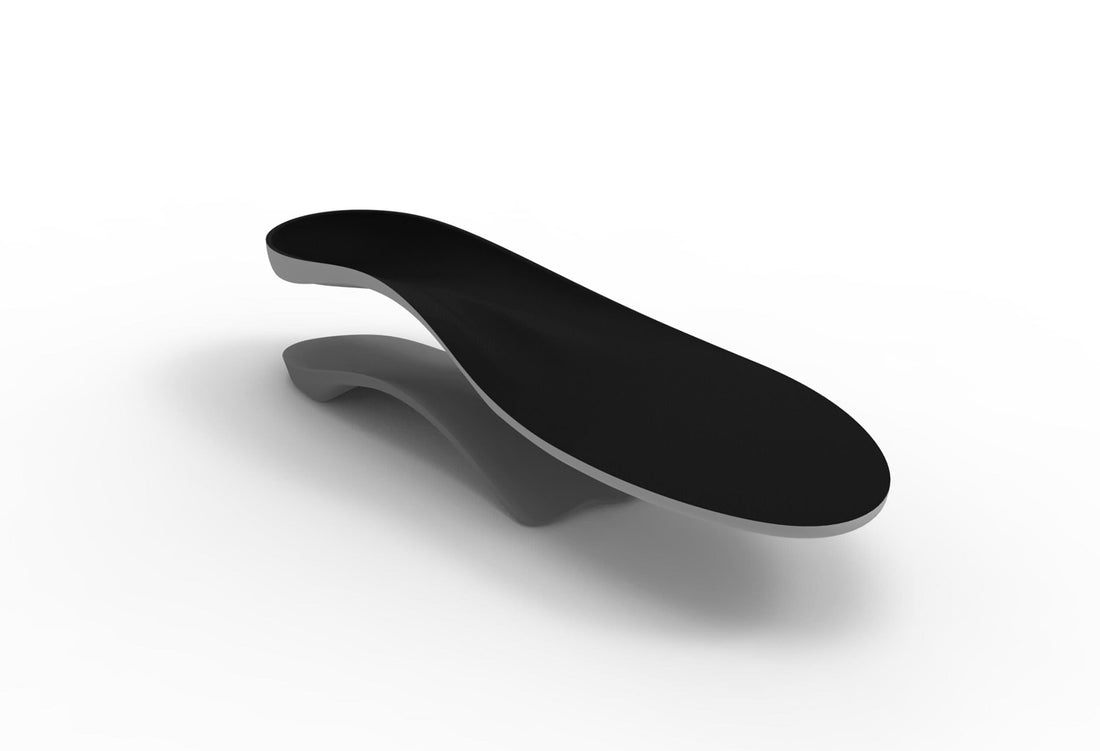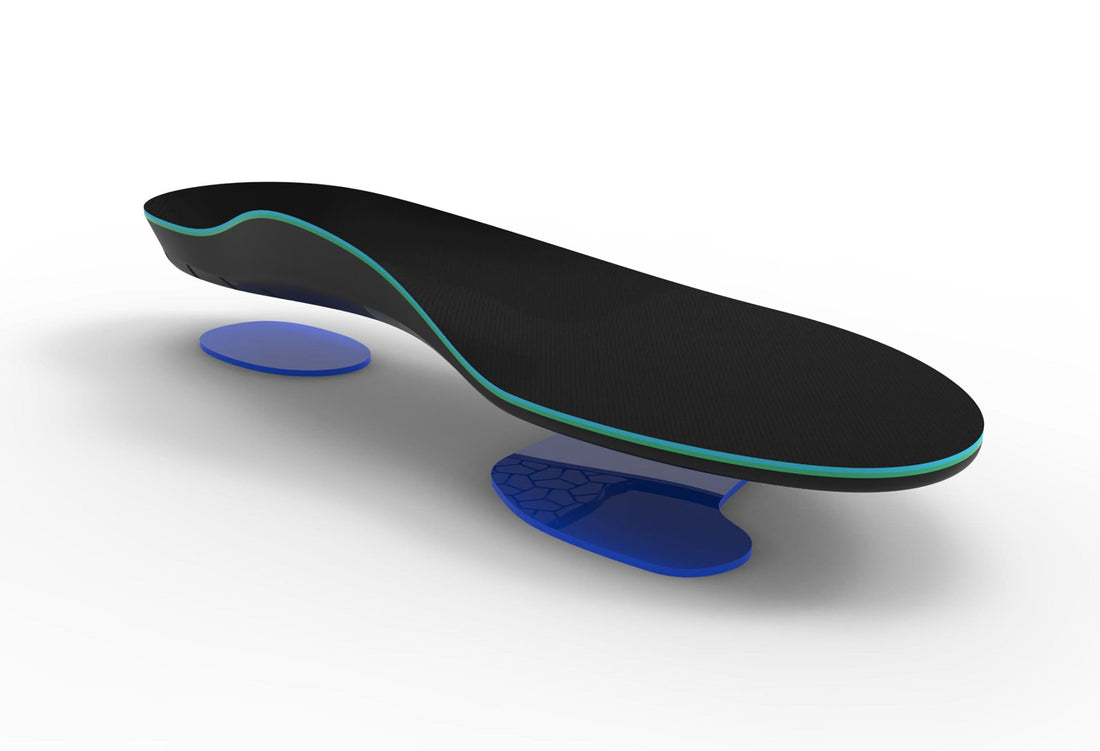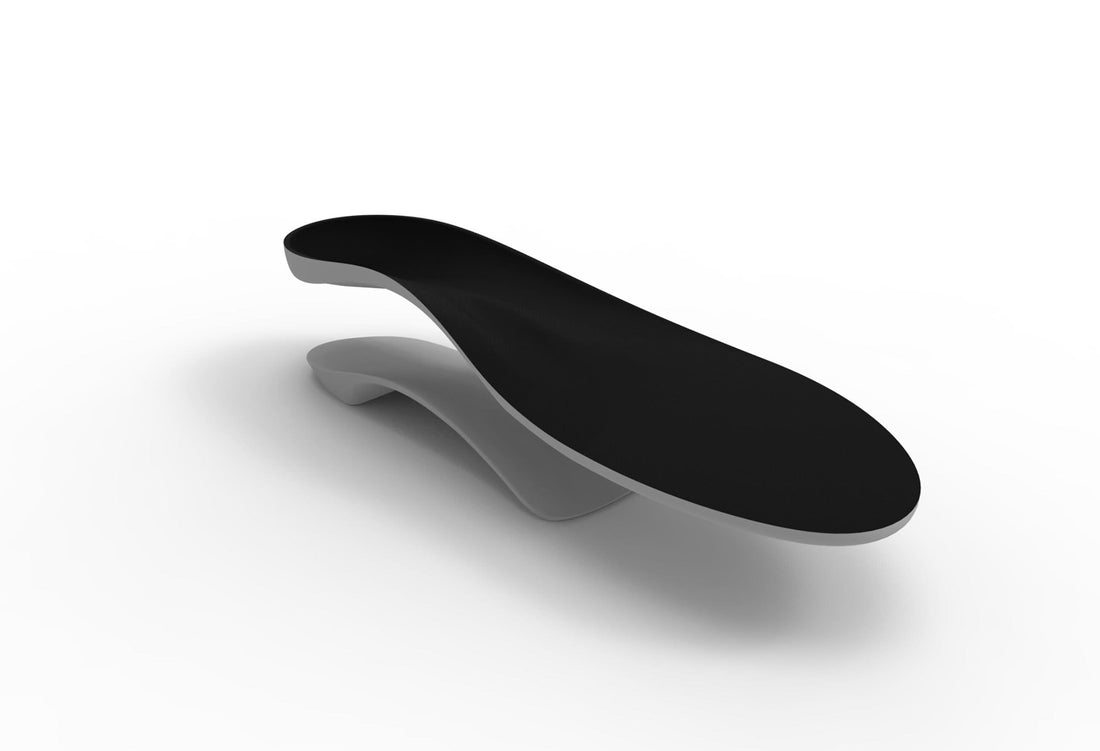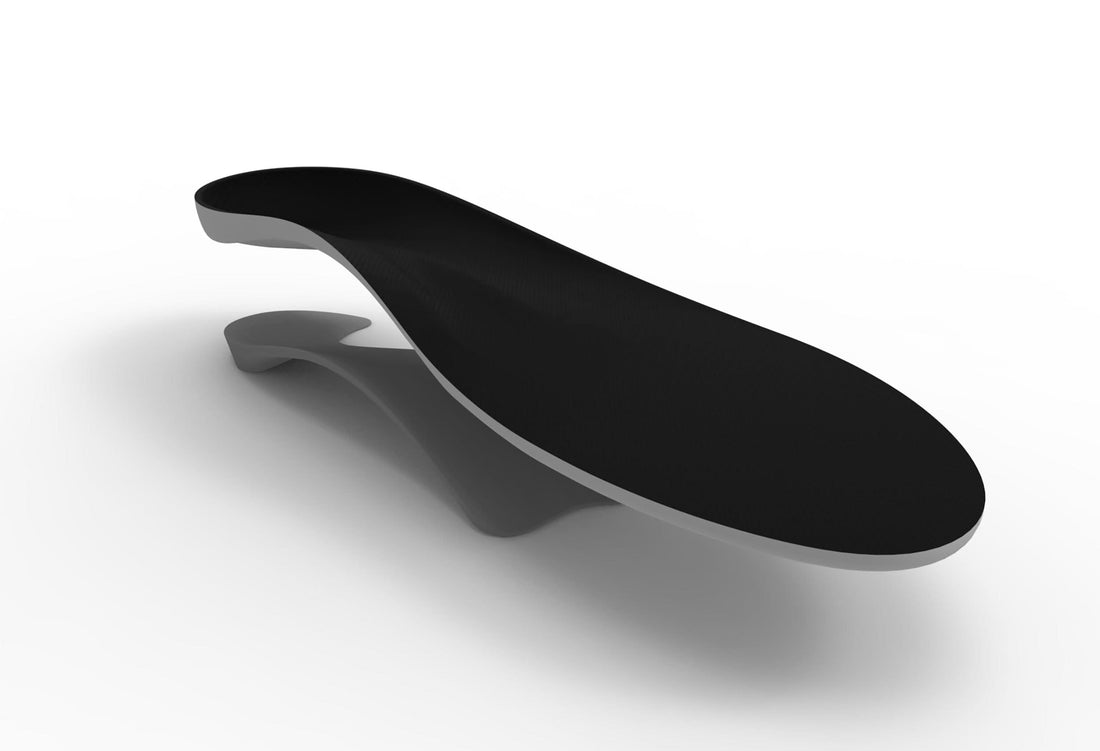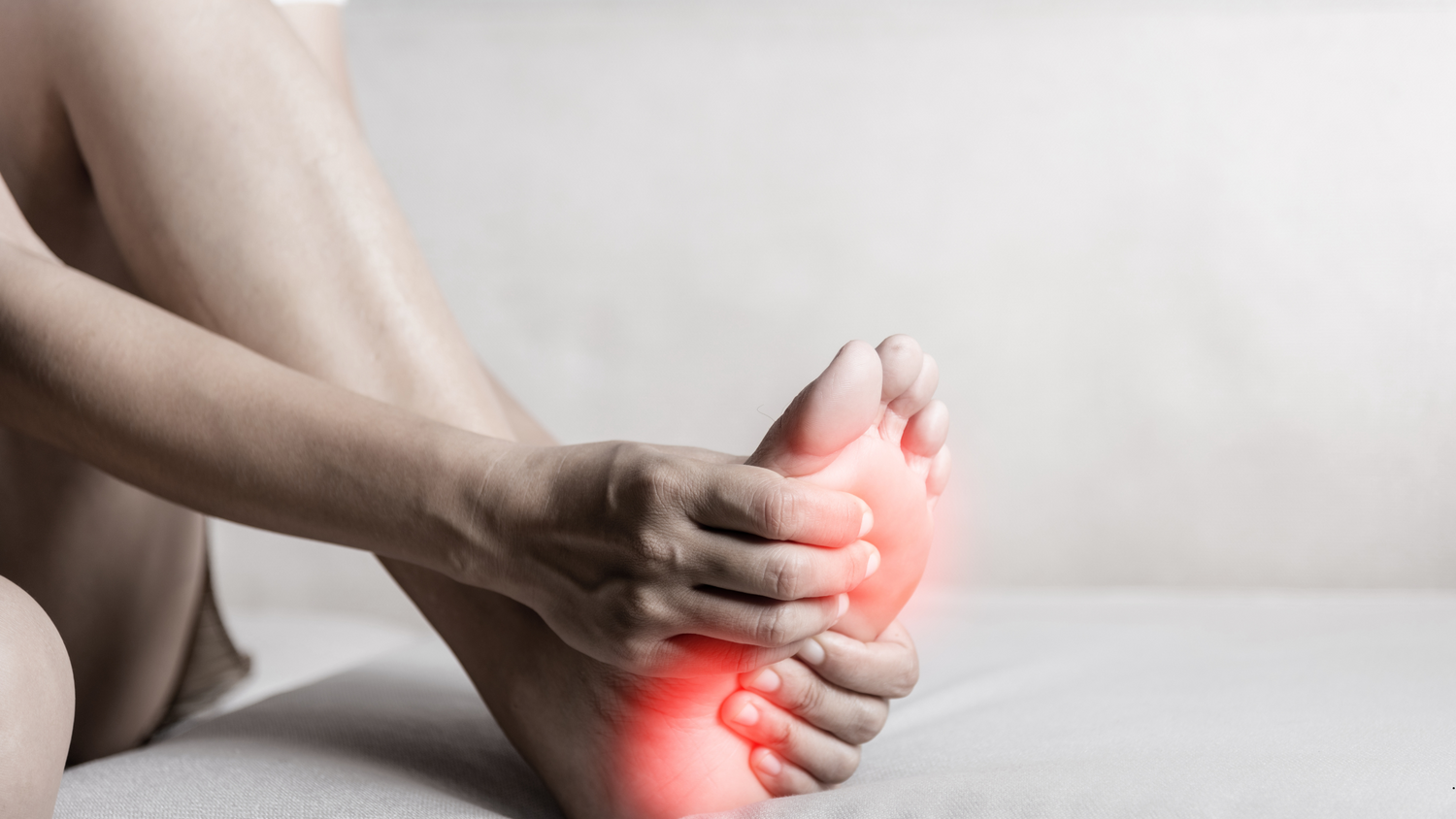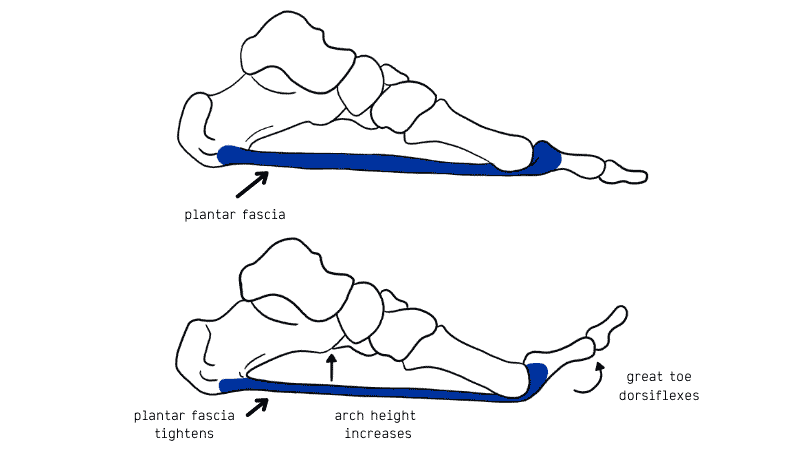Morton’s toe is a congenital condition where the big toe is shorter relative to the second toe. The longer second toe is usually asymptomatic; however, footwear that is too tight or small may precipitate future pathology. The shorter big toe can contribute to a change in foot function and pressure distribution across the ball of the foot, creating more pressure under the second toe.
Cause
This foot condition is congenital and present at birth.
Symptoms
- The second toe is longer than the first toe when sitting or standing.
- The toe itself may be asymptomatic; however, with ill-fitting footwear, irritation and pain may present.
- Pain and irritation can occur at the base of the second toe (ball of the foot) due to increased loading when toeing off during walking.
- There may be calluses at the base of the second toe due to pressure.
- There may be increased movement at the big toe joint.
Diagnosis
Diagnosis of Morton’s toe can be made by your health practitioner and is based on the following:
Clinical assessment: May involve visual and physical assessment of your feet. This can include assessing joint range of motion.
Biomechanical assessment: This will determine if there any biomechanical abnormalities contributing to the pain on the ball of the foot.
Footwear assessment: Your practitioner may assess your footwear, as it can contribute to pain associated with this condition.
Treatment
Orthotics: With the help of your practitioner, treating poor biomechanics with the use of an Interpod Orthotic will assist in realigning the foot, which will distribute the pressure evenly across the whole surface of the foot. The orthotic will provide shock absorption and reduce pressure from the base of the second toe.
Footwear: A well fitted, supportive shoe with adequate length and width for the toes.
Padding: Your practitioner can apply padding to your shoes to offload the painful joint.
Surgery: Surgical correction can be performed if all other treatment modalities have failed.
Prevention
This deformity is present at birth and cannot be prevented; however, pain and pathology associated with the condition may be prevented by the following:
Orthotics: Continue to wear your Interpod orthotics for work and physical activity.
Footwear: Continue to wear supportive footwear for work and physical activity. Avoid footwear that is too small or narrow.
References
Michaud, T. C. (1997). Foot Orthoses and other forms of conservative foot care (Pages 10-112).


